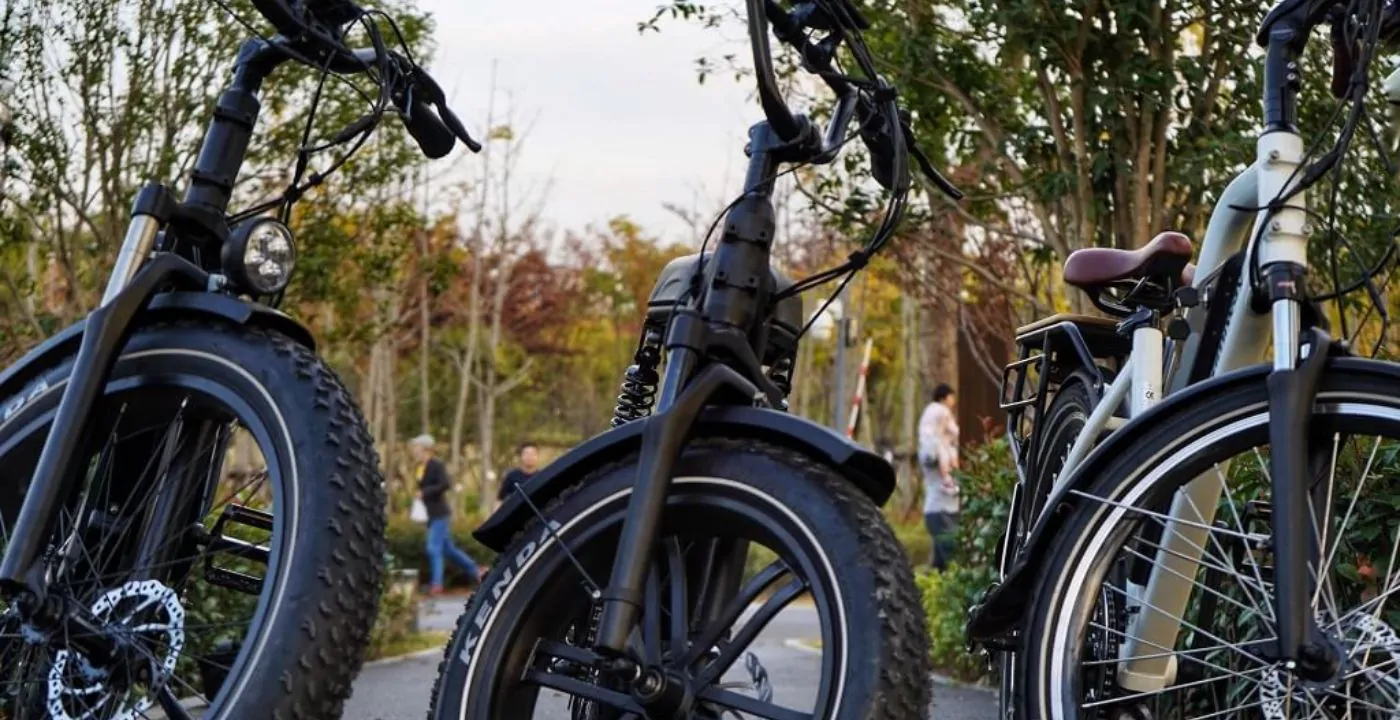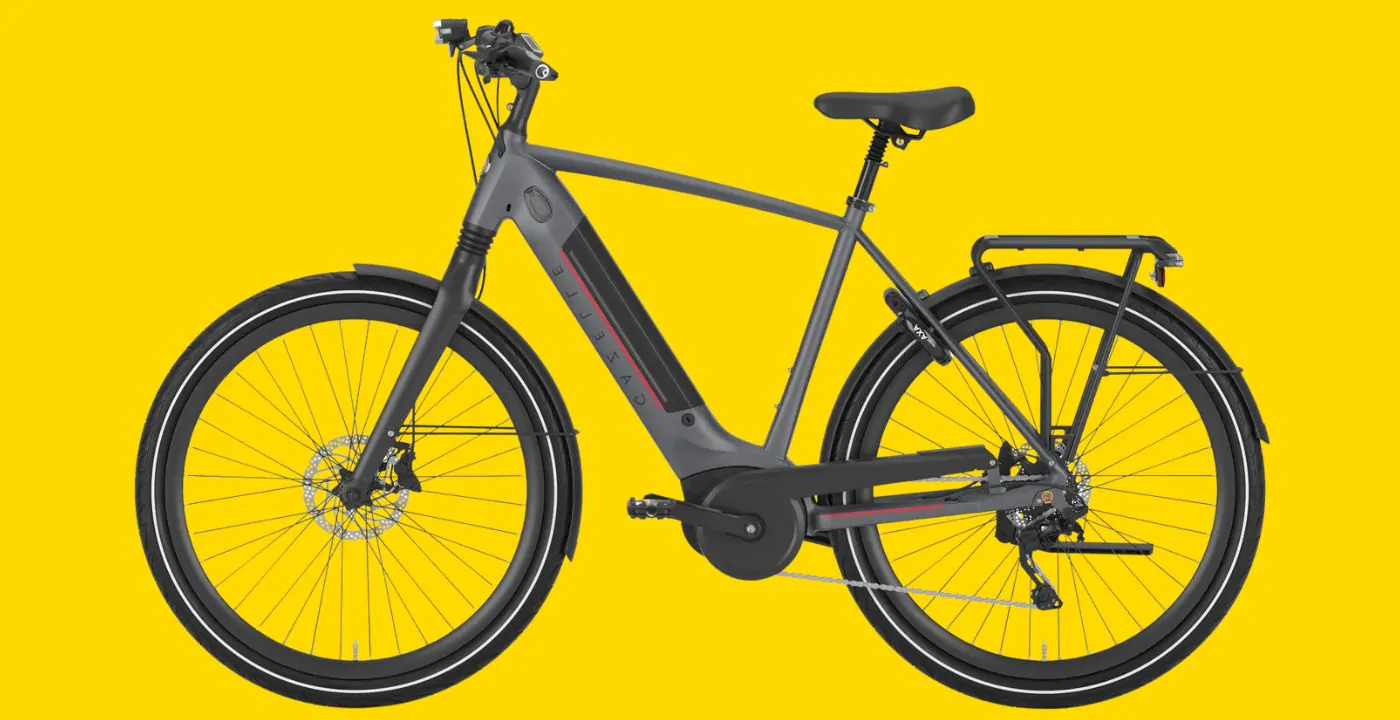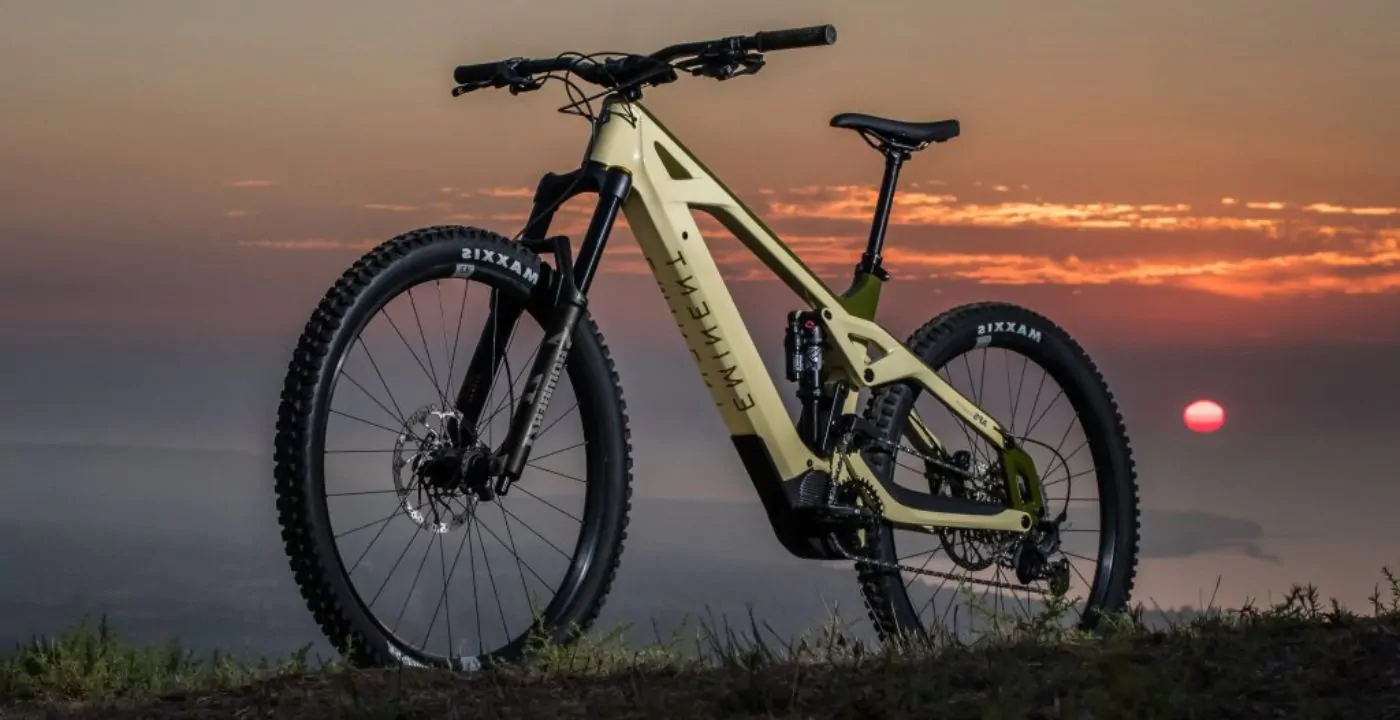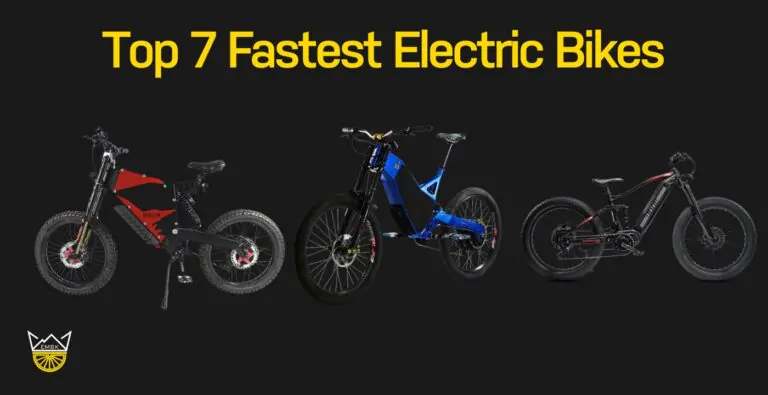
From full-throttle to pedal-assist, there are already so many electric bike distinctions out there that it can be hard to pay attention to which ones matter. And classes, they’re at the top of the list, because they deal with legality and local restrictions, and the last thing you’d want is to be turned away from a trail after buying a shiny new bike.
So, just what are the classes of Electric Mountain Bikes? Well, each class has different rules that apply to them. Class 3, for instance, is the most restricted in terms of local riding rules, but they’re also allowed to have much stronger motors and higher top speeds.
There’s even a class 4 e-bike category, however since class 4 bikes require a license and insurance, you’re unlikely to find many trails that let you ride them. In this blog, we’ll take you through the different classes of electric mountain bikes, delving into what each of them means.
Types of Electric Bikes
There are only really three things that decide which class an e-bike is put into:
- Top motor-assisted speed;
- Type of user input, and;
- Wattage.
In the US, e-bike classifications are pretty simple, but the UK and EU differ a little, so you need to pay attention.
What is a Class 1 e-Bike?

In the US, to be classified as a Class 1 e-bike, a bike must be an exclusively pedal-assisted system with a top assisted speed of 20mph. They must also have a motor of fewer than 750 watts, which is roughly equivalent to one horsepower. Class 1 e-bikes are afforded the same privileges as regular push bikes, so you’ll be free to ride on pavements, and there’s no legal requirement to wear a helmet.
What is a Class 2 e-Bike?

Class 2 e-bikes have the same maximum wattage and top speed as class 1 e-bikes, but they lose the restriction of pedal-assist exclusivity, so you’re free to have a throttle. Similarly to class 1-e-bikes, they’re treated much the same as push bikes. If you want, therefore, you can ride pedal-free on the pavement, or if you’re American, “the sidewalk”.
What is a Class 3 e-Bike?

Class 3 e-bikes are still subject to the 750-watt limit, but they’re allowed to go up to 28mph with pedal-assisted power, and 20mph with throttle-assisted power. This does come at the cost of having limitations insofar as where you can ride it. This differs based on local laws, so you’ll have to look those up before you hop on your bike.
Above 750-watt engines, you’ll be getting into Class 4 territory, which pretty much means motorbikes/mopeds, so you’ll be needing a license and insurance. If you take one of these out onto a trail designed for regular bikes, you’ll be facing the same charges as if you were blasting down them on a gas-powered motorbike.
Electric Bike Classification in the EU/UK
In EU and UK legal terms, an e-bike is referred to as an EAPC (Electrically Assisted Pedal Cycle) and, unfortunately, these are much more restricted than the bikes that our friends over the pond ride. For an EAPC to be street legal, without a license and insurance, a bike must have some key specifications:
- It must have pedals that are capable of propelling the bike.
- The motor cannot have a continuous power output of more than 250 watts.
- Electrical assistance must be cut off when a speed of 15.5mph is reached.
It’s certainly a few steps removed from the freedom that you hear Americans toting all the time, but at least you can be sure that you can ride it anywhere that you can ride a normal bike, and take it for a trip to Europe without having to deal with any paperwork.
In the EU, there is another class called “speed-pedelecs”, but these require a license and insurance, and still only reach up to 28mph. Whereas, in the UK, any bike that’s outside of EAPC regulations is considered a moped, and must be treated the same as you’d treat them.
If you’re wondering where throttles come into all this, it’s a similar story. Throttles are legal, but they can only provide assistance up to ‘walking speed’ which is 6mph, so you probably won’t be commuting without a workout.
There’s a little caveat that might be able to bring you some joy; the throttle regulations came into place on January 1st 2016, but since e-bikes manufactured before the date are considered EAPC compliant, you can legally ride a full-throttle e-bike, provided it was manufactured before the start of 2016.
How to Choose an Electric Mountain Bike

For US users the choice of e-bike class is probably the most important step. If you’re wanting to grab a bike that can be used pretty much anywhere without hassle, you’re looking at classes 1 and 2. Class 3 is for the specialists out there who want to pump as much speed out as they can without needing insurance.
As we’ve described, the main difference between classes 1 and 2 is the addition of a throttle, so if you want to take it easy and skip out on the pedals sometimes, then grab yourself a class 2 e-bike. For UK/EU users, this part is easy, everything on the market will be an EAPC-regulated bike, so you don’t have to worry about legality.
With general e-bikes, you’re given the option of different motor placements, but electric mountain bikes need the power and stability that you get from mid-drive motors, so you won’t have to worry about this either, and that goes for all regions.
Frequently Asked Questions (FAQs)
What is PAS on an Electric Bike?
PAS is short for Pedal Assisted Systems and refers to both bikes that are exclusively pedal-assisted, and bikes that can be throttled, provided that they have a pedal system as well.
How Fast Can an Electric Bike be?
The vast majority of e-bikes are catered to the three classes mentioned in this article, and so reach up to 20mph for Classes 1 and 2, and 28mph for Class 3 e-bikes. There are e-bikes out there that reach much higher speeds, but they require a license and insurance and are pretty much electric motorbikes at that point.
Despite the UK’s heavier speed restrictions, the British company Swindon Powertrain’s SWIND EB-01 is the fastest e-bike in the world, boasting a 60mph top speed, and a whopping 5000-watt motor.
Do You Need a License for an Electric Bike?
As mentioned before, there are some exceptions, but for the most part, you won’t have to worry about getting a license for your e-bike, but please do check your local laws, because this guide is focused on the US/UK/EU.
Do e-Mountain Bikes Have a Throttle?
Not every electronic mountain bike has a throttle, but any bike in Class 2 will have a throttle which can assist the bike up to a top speed of 20mph. And in the UK/EU throttles are subject to much greater restrictions, which we’ve discussed earlier in the article.
Overview
Figuring out the fine details about an electric mountain bike can be tricky, but it’s all worth it when you feel the sun on your face and the adrenaline in your veins. We hope that we’ve given you some insight into which class is right for you; Are you going to skip out on the throttle and relax in Class 1, or go full-send and find the strongest motors on the market in Class 3?
The choice is all yours, so go tear up those trails, but not literally, because we want to ride them too.



